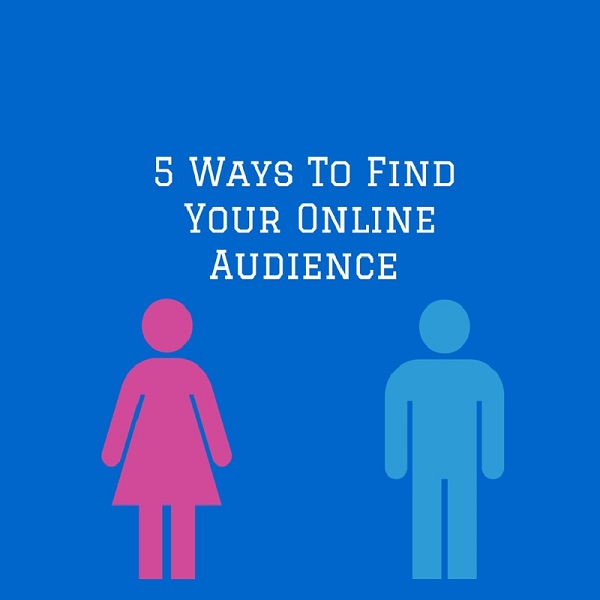
The idea of community is based around the concept that people gather together around shared interests or location. Well-known marketer Seth Godin uses the term “tribe” in place of community, but the concept is the same:

The idea of community is based around the concept that people gather together around shared interests or location. Well-known marketer Seth Godin uses the term “tribe” in place of community, but the concept is the same:
“A tribe is a group of people connected to one another, connected to a leader, and connected to an idea. A group needs only two things to be a tribe: a shared interest and a way to communicate.”
― Seth Godin Tribes:We Need You to Lead Us
Social media has accelerated the growth of community, allowing people to come together regardless of time or place. To attract an online audience you need to consistently create and curate useful content. People will come for the content, but they will stay for the community.
So how do you begin to build your own online health community?
First you need to clarify your goals. When you are clear on what you’re trying to do and why, the next step is to find your audience.

1. Set Up Alerts
Set up alerts using Mention and/or Google for relevant keywords; for example a specific health condition. Bear in mind that most users will be searching for discussions about specific diseases or conditions, followed by specific medical treatments and procedures, so set additional alerts for secondary/related keywords. Monitor who talks about your keywords and start to engage with them through Twitter. You’ll soon discover other potential community members and their related interests leading you to a deeper community understanding.
2. Health Discussion Forums
A key element of building an online community consists of finding places where you can engage with potential members, listen to their concerns and answer their questions. Forums are widely used for advice on health related topics. Use these as an opportunity to add your expertise and provide value to potential community members.
3. Twitter Chats
In my opinion tweet chats are a gold mine when it comes to finding your tribe and building community.These are pre-arranged chats on Twitter which include a #hashtag to link the tweets together in a virtual conversation. Most tweet chats follow a common format of a moderator who introduces pre-arranged topics relevant to the chat and keeps the conversation on track. The chats usually last one hour and a transcript of tweets is available after the chat has ended. A full list and a tweet chat calendar of meeting times can be found on the Symplur website.
4. LinkedIn Groups
There are many health and medical related groups on LinkedIN but the quality of interaction can vary enormously. Choose which groups you join on the basis of the quality of its discussion. Weigh in on popular discussions by responding to comments, providing your own insight or asking questions to generate additional comments. If your comments add value to these discussions, members will soon start to see you as a thought leader and want to follow you. You can also start your own discussion group as a way of building community.
5. Google+ Communities
Google+ Communities are places where users can share specific questions,comments or content relating to a particular topic with other users who share the same interests. Communities can be public or private.
Online Community Building: Do’s and Don’ts
- Do determine when your audience is online and engage with them then
- Don’t just post updates at times that suit you best
- Do find where your key audiences spend their time and focus on those channels
- Don’t jump on every social media channel
- Do focus on quality over quantity
- Don’t get hung up on follower numbers – aim for quality engagement rather than quantity
- Do listen to your community and address their legitimate concerns
- Don’t engage with trolls or unwarranted criticism
- Do reach out to key influencers to help you disseminate content
- Don’t try to do it all yourself
- Do ask questions of your community to understand their needs better
- Don’t assume you know everything about your audience
Using the tools and processes I’ve outlined above will help you find a community who will be interested in following you. Once you’ve started to build your community, take time each day to interact personally by welcoming new followers, answering @tweets addressing followers by their name and thanking someone for contributing to the conversation. Building a community is an ongoing process; it’s about building trust and conveying authenticity. Keep providing valuable and authentic information gathering insights as you go and you will be on the way to creating a strong, vibrant and connected healthcare community.






